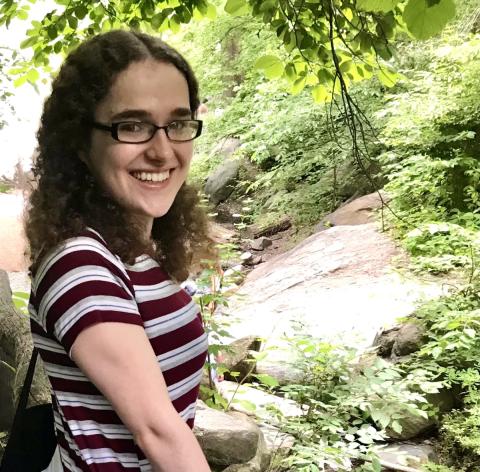
At first glance, the cactus mouse seems like any other small mammal—whiskered, furry, adorable—but it’s hiding a shocking superpower: It can live its entire life without drinking water. How can this flagrant breach of life’s basic rules be possible? Through the Research Experience and Apprenticeship Program (REAP), I joined Dr. MacManes’ genomics lab in 2022 to help investigate this mystery. My research focuses on transcriptomics, a process examining levels of gene expression, meaning the conversion of genetic information into a physiological function. We measure gene expression by determining the amounts and molecular sequences of mRNA transcripts, an intermediate molecule between DNA and proteins, present in tissues. Collaborating with graduate students, I helped create spatial transcriptomics maps of the cactus mouse’s kidney and liver, two organs intimately involved with water retention, correlating levels of gene expression with specific locations in the tissues. After imaging kidney and liver samples and extracting their mRNA transcripts, the research team is waiting on the genetic sequences of these transcripts from the Hubbard Genome Center. Our next step will be to map transcripts to precise locations within the tissues, moving us one step closer to solving the mysteries encoded in the DNA of cactus mice.